The Valley of the Kings is one of the most mystical places to visit in Egypt. It was crucial to secure the afterlife in Egypt during their lifetime, so the most powerful people did not hesitate to spend all their money. Visiting beautifully painted tombs will leave a deep mark on every visitor. If you decide to visit the Valley of the Kings, read our article and get the useful information you need to visit the famous Egyptian tombs.
The Valley of the Kings is located on the west bank of the Nile, near Luxor, the former capital of Egypt in the New Empire era. The West was where the sun was setting and perceived by the Egyptians as the last resting place of the worshipped god Amon-Rea. Above the valley rises the Thébite Shield in the shape of a pyramid, which, by its shape, could incite the Pharaohs to build a burial ground right here.
The burial ground of the pharaohs and powerful nobles was used between 1540 and 1075 BC, and there are at least 65 tombs. Rulers 18., 19. and the 20th Dynasty chose a crypt carved deep into the rocks as their last resting place to protect them from possible robberies. Each tomb included a mortuary temple, located far from the crypt and celebrating the life of the deceased Pharaoh in honour of various festivities.
Egypt was in economic crisis and decline at the end of the 20th Dynasty. In times of unrest, the Valley of the Kings faced more frequent attacks by various robbers. To protect the mummies of the deceased Pharaohs, the priests decided to open most of the tombs and move the mummies to a safe place. They stripped them of all their valuables and put them in three hidden crypts. They were found here in 1898. Mummies were often in poor condition, and some of them are not yet identifiable.
What the tombs look like inside
Most of the tombs consist of a descending corridor that opens into a burial chamber. The tombs also included a wealth of equipment to accompany the king on another journey through the afterlife. There was a sarcophagus in the burial chamber, where the royal mummy rested. The tomb walls are usually richly decorated with religious paintings and texts. For the modern visitor, these are often incomprehensible depictions of various gods and other aspects of Egyptian mythology. The tombs are relatively close to each other, so it is not surprising that some may even be adjacent.
How to get to the Valley of the Kings
The way to the Valley is very simple. The cemetery itself is a short distance from the Colossi of Memnon. The best way to get there is to travel by tour or by rented car as we did. You can also rent a bike but be prepared for the hot weather. Try to avoid visiting tombs at noon when there are the greatest heat and most tourists. We chose accommodation at the Aracan Eatabe Luxor Hotel, which we can only recommend. Offering good quality at a reasonable price, it is located in the center of Luxor, overlooking the Nile River.
The Valley of the Kings is divided into two parts: the Western part, which is also called the Valley of the Monkeys and contains four tombs, and the Eastern part, where the remaining about 61 tombs are located. The tombs are numbered according to the order in which they were discovered, for example, KV20 (Kings Valley). Most of them were robbed in antiquity, and a large number of crypts failed to reveal its original owner.
Since the 18th century, there have been ongoing archaeological excavations. Most of the tombs are not open to the public because of their condition or the archaeological works, so only eighteen of them are open. However, they are seldom open all at once. Only the tomb of Pharaoh Ay II is accessible in the western part of the Valley.
Tutankhamun’s tomb
The Valley of the Kings became most famous for the discovery of Tutankhamun’s tomb in 1922. This was the first finding of a crypt that was not completely robbed. Tutankhamun died young, and he was probably handicapped, so he did not have much chance in the government. His name was not very important in the history of Egypt, and his crypt is really small compared to other famous Pharaohs. Yet its finding provoked a sensation and popularized the whole Valley of the Kings as a mystical and mysterious place that almost every adventurer desired to visit. A lot of rumours, myths, and mysterious events surged around his name. Although the tomb is small in size, it is a drawcard for many visitors and rightly so. It’s the only one of the tombs to offer a view of the pharaoh mummy and a beautiful ornate sarcophagus. The scenes on the walls have been preserved in perfect condition, so they certainly deserve all admiration. Certainly, we recommend buying a special admission and go to see this tomb.

Visit the Valley of Queens, nobles or workers too
The area of Valley of the Kings offers not only the tombs of the pharaohs and regents but also their wives, wealthy nobles and labourers. We recommend visiting both the royal crypts and the workers’ tombs, as the contrast is more than evident. The tombs of kings and pharaohs form huge long corridors, full of paintings from Egyptian mythology, complex and incomprehensible to modern man. Tombs of nobles and workers offer scenes from everyday life. You can observe the everyday activities of ordinary people, field workers, fishermen, shepherds, dancing women, musicians. On the walls are painted the food that the Egyptians ate and animals that lived around. The crypts are smaller and not as flashy as the royal ones, but they are no less interesting – read our article why stay in Luxor longer.
Take pictures inside tombs in the Valley of the Kings
The possibility of taking pictures inside the tomb varies from year to year. Visitors often take pictures with the flash so together with the vigorous light and humidity which disrupted more quickly the paintings on the walls of the tombs. In addition, the tombs are crowded, there is quite a lot of heat inside, and tourists are just taking pictures. A total ban on taking pictures has not solved this problem because it is not possible to watch dozens of visitors. This was also contributed by the mentality of the local Egyptians, who were looking for simple extra income and allowed tourists to shoot for a certain amount. At the time we visited Egypt (February 2019), we could buy a special photo permit that authorized us to take photos inside certain tombs. This price is proportionally high to discourage visitors who came with an ordinary phone and are not interested in photos but doesn’t discourage passionate photographers who came here to take a photo of the ancient beauty in burial chambers.
How the admission works in Valley of the Kings
Admission to the Valley of the Kings is available at the cash desk (map) before entry. The basic ticket entitles you to visit the three open tombs of your choice. All tombs are never opened at the same time for repair or fear of damage. Admission to the most beautiful and interesting tombs is purchased separately, and it is not included in a classic ticket. We visited the tombs KV8, KV11, KV14 as a standard admission fee. In addition, we bought the entrance to the tomb KV9, which belongs to Ramesses VI and to Tutankhamun’s tomb, KV62. You can also buy a photographic permit at the cash desk, so if you want to take a photo of tombs, don’t hesitate. Later purchases will not be possible. There will be a train waiting for you at the cash desk, which will take you through the Valley to the gate, where you can get directly to the tombs. It is important to note that there is also a fee for the train, or you can walk as the path is not long.
Admission to the nobles’ Valley is sold at the central cash desk (map), located just beyond the Memnon Colossi. Here, you can no longer choose which tombs to visit, but you buy a mix of selected tombs in groups of two or three. We visited the tombs of Userhat (TT51), Khaemhat (TT57), Ramose (TT55), Rekhmire (TT100) and Sennefer (TT96). You can also buy a permit for taking pictures here.
Entrance to the tombs of the queens is purchased at the local cash desk (map), located before the entrance. One ticket entitles you to visit all the open tombs, which are roughly three. There is the most beautiful tomb of the whole necropolis belonging to Queen Nefertari – QV66. This tomb is paid separately, and the price is really high, but it is really the best-preserved and most beautiful tomb in the Valley.
What did you like most about your visit to the Valley of the Kings? Write us a comment!


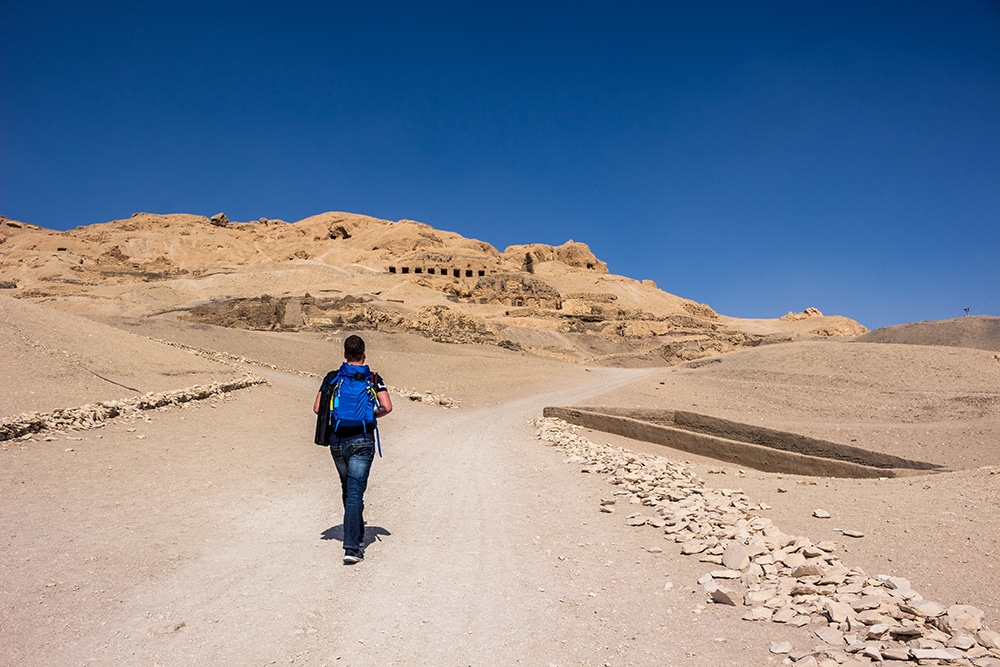

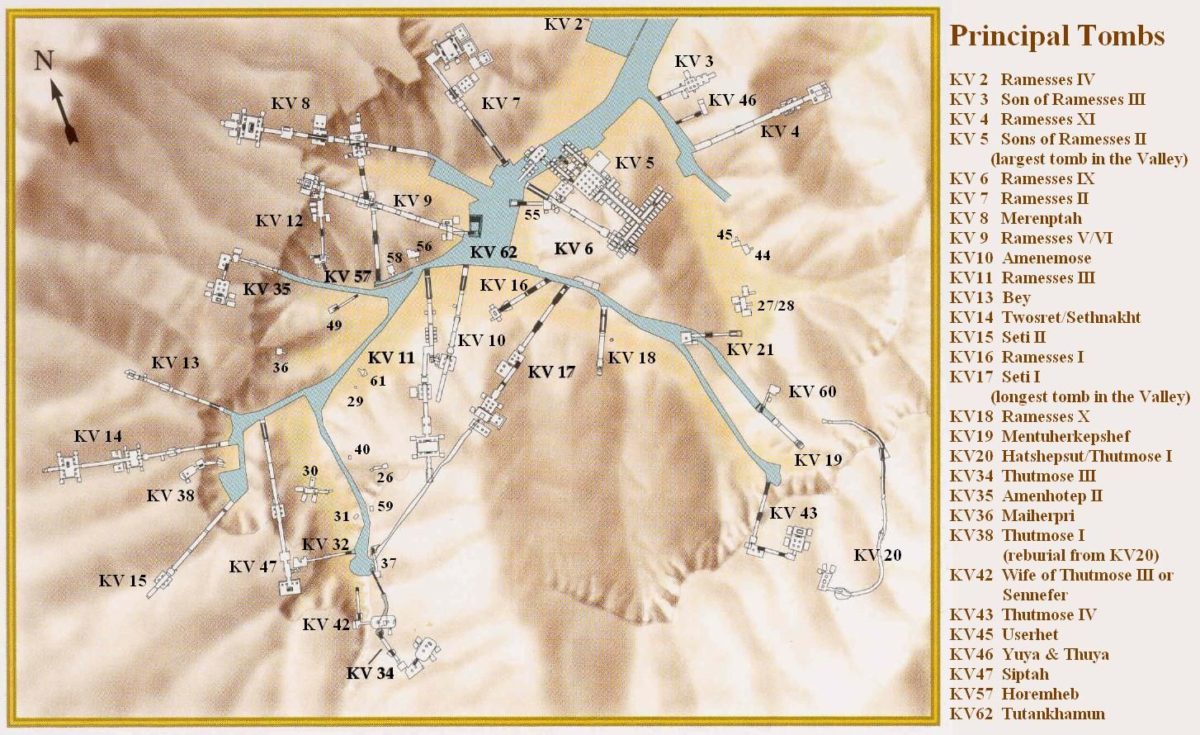

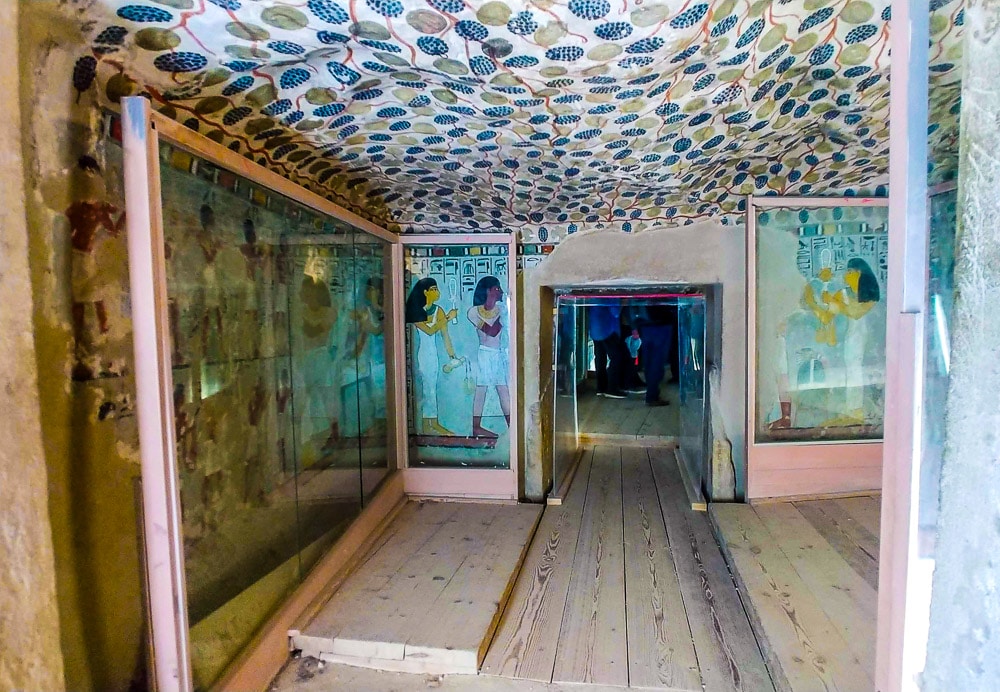
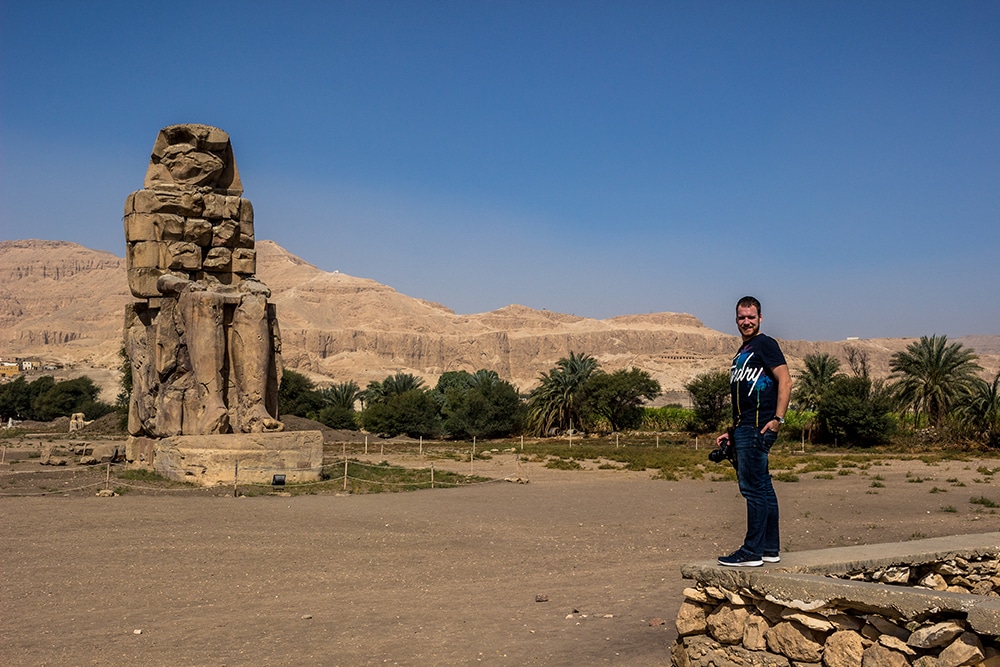
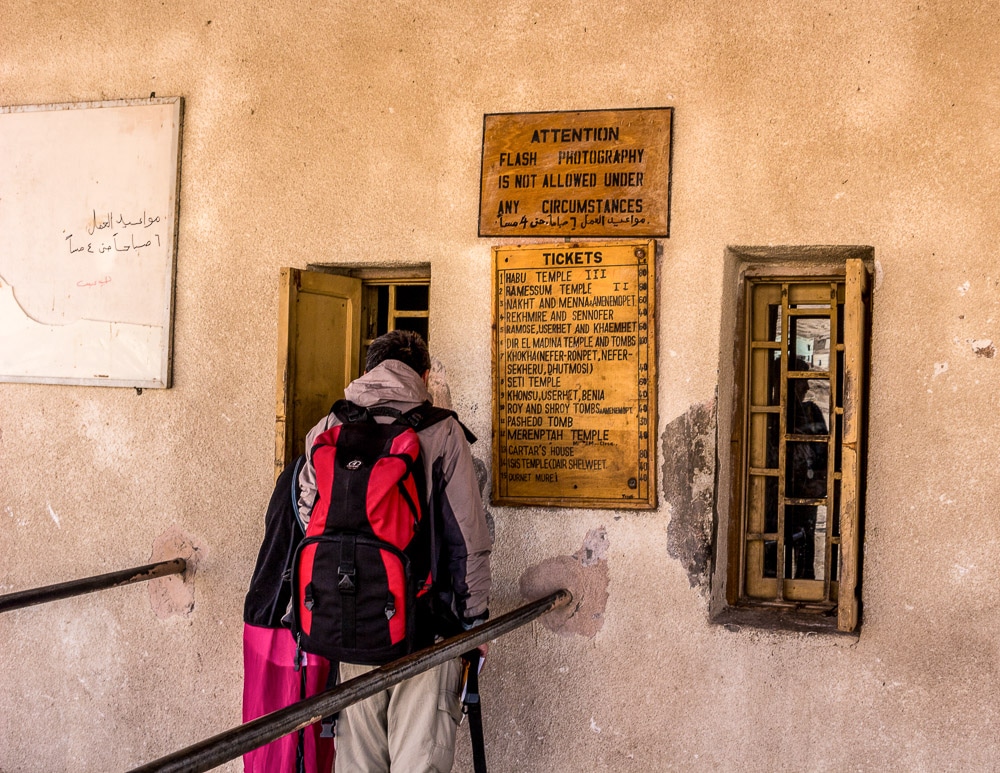
Leave A Comment